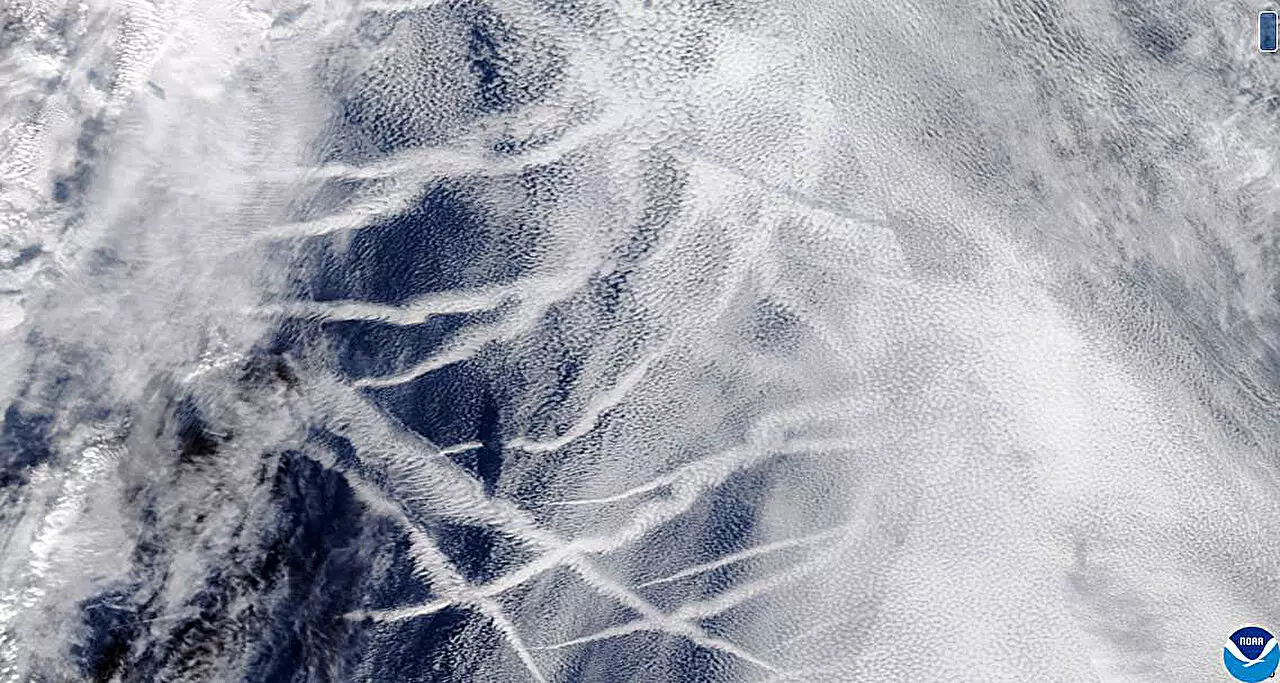The concept of marine cloud brightening (MCB) as a method to offset the effects of global warming by artificially shading Earth’s surface is gaining attention in the scientific community. This innovative approach involves injecting salt spray into shallow marine clouds to brighten them, thereby increasing their reflectivity and reducing heat absorption by the underlying water. The proposed technique mimics the natural process wherein sulfur-rich emissions from ship stacks or volcanoes influence the aerosol concentration in the lower marine atmosphere, ultimately impacting cloud properties and solar radiation. While the idea of MCB has the potential to cool the local climate, several challenges and uncertainties surround its practical implementation on a global scale.
A group of 31 leading atmospheric scientists have developed a physical science research roadmap to enhance the understanding and assessment of MCB techniques. Their collaborative efforts aim to address the critical knowledge gaps that hinder policymakers from making informed decisions about the deployment of MCB. The roadmap includes laboratory studies, field experiments, and cloud modeling to investigate the effectiveness of saltwater spray in altering cloud properties and increasing sunlight reflection. By establishing a comprehensive research plan, scientists can evaluate the feasibility and potential risks associated with implementing MCB as a solar radiation modification strategy.
Despite the promising prospects of MCB for solar radiation modification, various challenges must be overcome to ensure its practicality and safety. Scientists emphasize the need to develop confidence in generating and delivering appropriately sized particles to clouds, as well as verifying the consistent brightening of clouds over a significant area. Additionally, it is crucial to investigate the potential side effects of cloud manipulation, such as cloud thinning or droplet rainout, which could lead to unintended heating rather than cooling. The variability in cloud responses to aerosol injections underscores the complexity of MCB implementation and the importance of considering diverse environmental and meteorological factors.
To improve the effectiveness and success rate of MCB, researchers advocate for a targeted approach that focuses on optimal brightening conditions rather than routine spraying under all circumstances. By identifying specific cloud properties and atmospheric conditions conducive to brightening, scientists can enhance the precision and efficiency of MCB applications. Moreover, prioritizing regions and ecosystems that are most vulnerable to climate change can help mitigate the potential risks associated with regional circulation changes and temperature fluctuations. Ultimately, MCB should be viewed as a complementary strategy to decarbonization efforts, emphasizing the importance of reducing greenhouse gas emissions and addressing ocean acidification to achieve long-term climate goals.
Marine cloud brightening presents a novel and potentially effective method for solar radiation modification to mitigate the impacts of global warming. As researchers continue to refine MCB techniques through comprehensive studies and experimentation, understanding the complexities and limitations of cloud manipulation is essential for developing sustainable climate mitigation strategies. By integrating scientific expertise, technological innovation, and environmental stewardship, the scientific community can explore the viability of marine cloud brightening as a valuable tool in the fight against climate change.


Leave a Reply